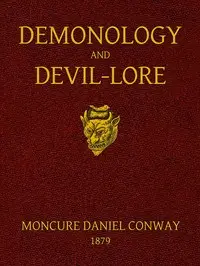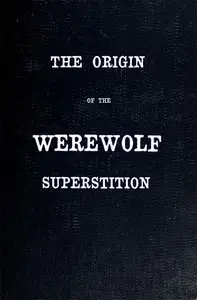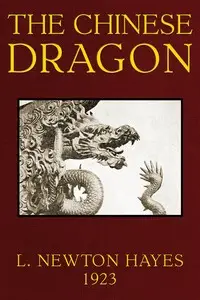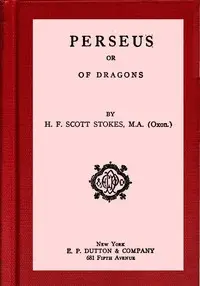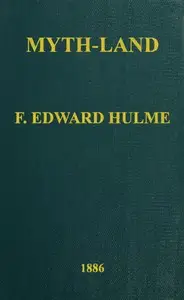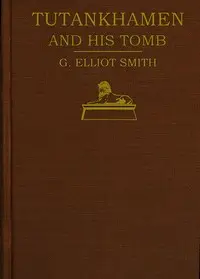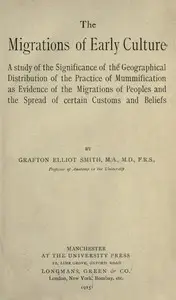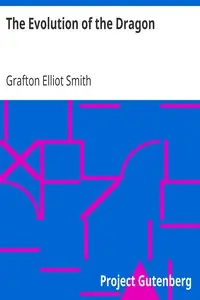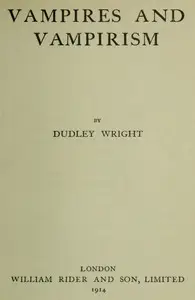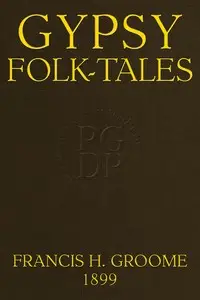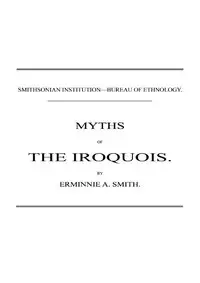"The Evolution of the Dragon" by Grafton Elliot Smith is a study that looks at how dragon stories began and changed over time in different cultures. The writing likely took place in the early 1900s and connects the origin of dragon myths to old Egyptian customs, mainly the mummification process and the importance of water as a life source. The book investigates many different subjects, linking gods, myths, and cultural habits from different societies. It starts by explaining that the book is based on lectures given at the John Rylands Library, and the author aims to tell a story about how dragon myths evolved. Smith talks about where important cultural habits like burning incense and pouring liquid offerings came from, explaining that their history is more complicated than people realize. The author thinks that the religious and political systems of early civilizations came from blending basic needs with symbolic ideas about life, death, and nature. This sets the scene for a more detailed look into dragon myths and what they mean to human culture.

The Evolution of the Dragon
By Grafton Elliot Smith
Uncover the surprising ancient roots of dragon legends, tied to Egyptian rituals and the essence of life itself.
Summary
About the AuthorSir Grafton Elliot Smith was an Australian-British anatomist, Egyptologist and a proponent of the hyperdiffusionist view of prehistory. He believed in the idea that cultural innovations occur only once and that they spread geographically. Based on this, he traced the origins of many cultural and traditional practices across the world, including the New World, to ideas that he believed came from Egypt and in some instances from Asia. An expert on brain anatomy, he was one of the first to study Egyptian mummies using radiological techniques. He took an interest in extinct humanoids and was embroiled in controversy over the authenticity of the Piltdown Man.
Sir Grafton Elliot Smith was an Australian-British anatomist, Egyptologist and a proponent of the hyperdiffusionist view of prehistory. He believed in the idea that cultural innovations occur only once and that they spread geographically. Based on this, he traced the origins of many cultural and traditional practices across the world, including the New World, to ideas that he believed came from Egypt and in some instances from Asia. An expert on brain anatomy, he was one of the first to study Egyptian mummies using radiological techniques. He took an interest in extinct humanoids and was embroiled in controversy over the authenticity of the Piltdown Man.

